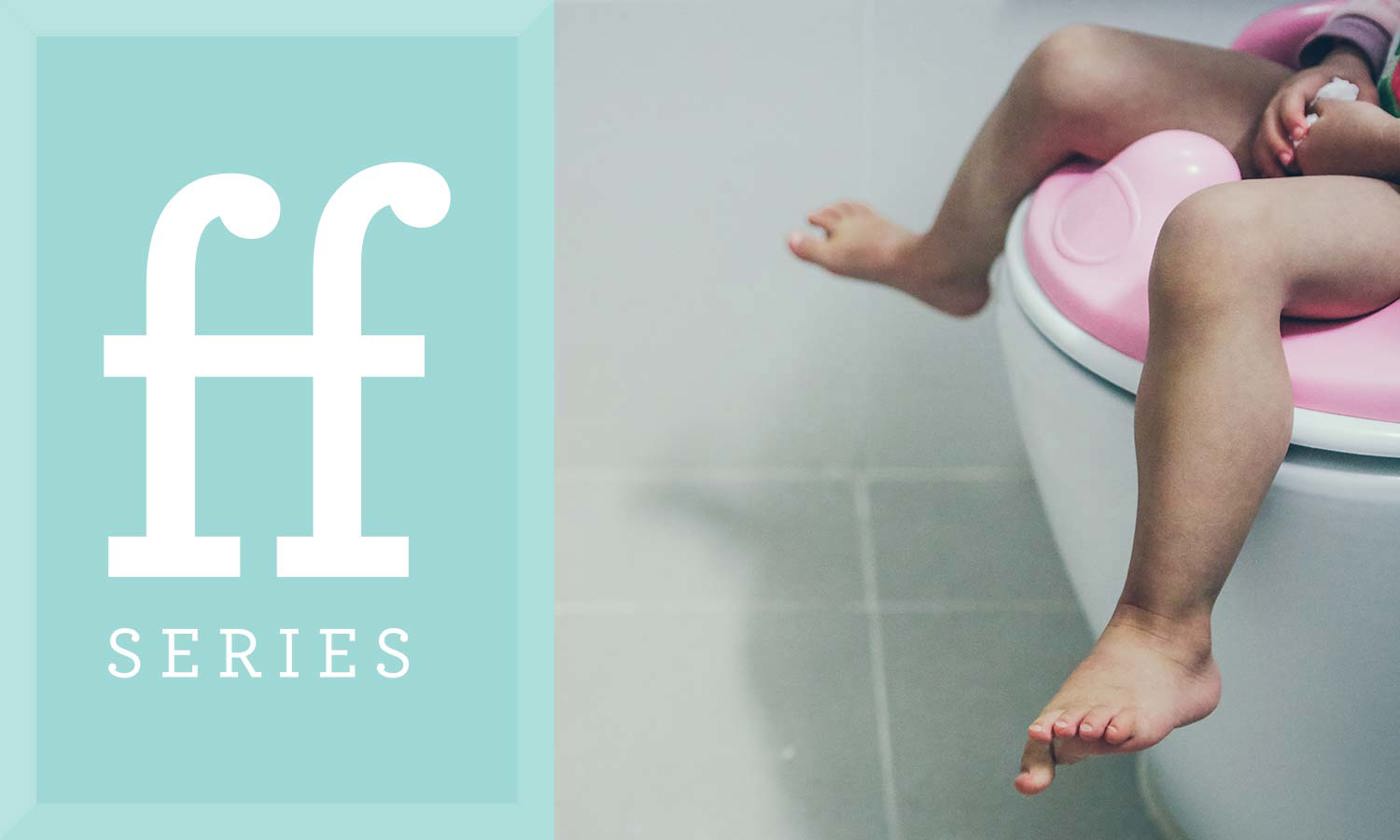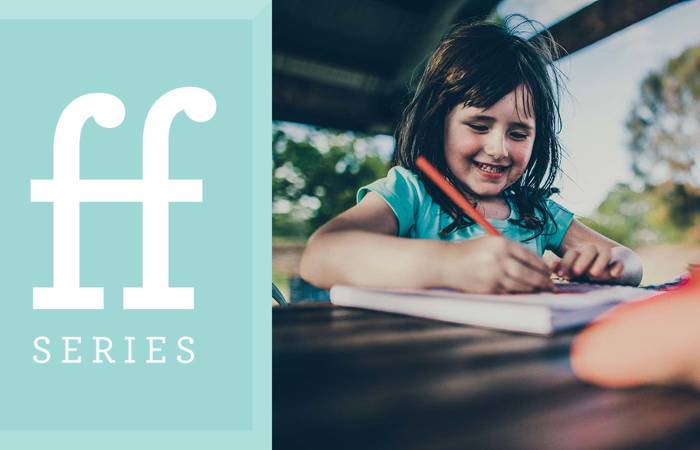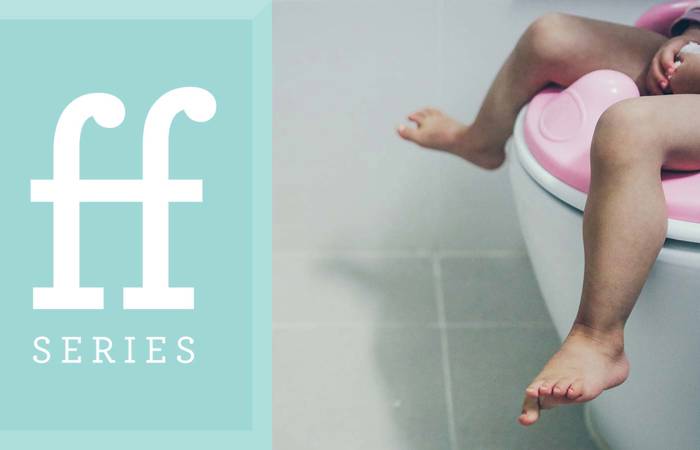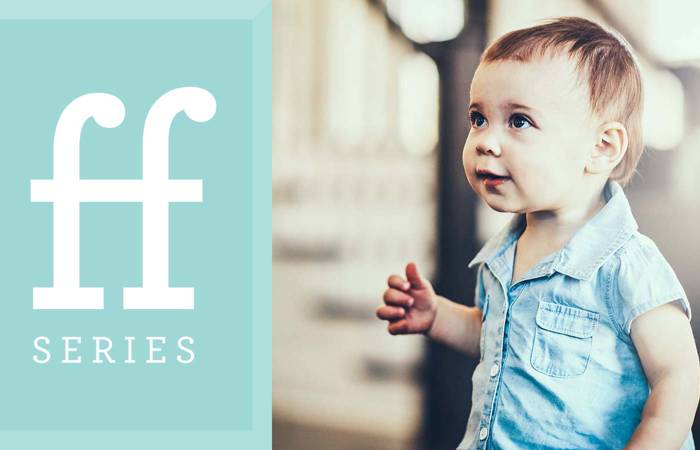Like what you see?
Sign up to receive more free parenting advice.
Thank you for subscribing to our newsletter!
Child Development

Credit: iStock.com/myella
Children between the ages of two to three begin to string words together in an explosion of vocabulary.
The Australian Government's Early Years Learning Framework Practice Based Resources - Developmental Milestones provides guidance through a range of milestones. The milestones should be considered guidelines and parents shouldn't be concerned unless their child displays one of the criteria under which it is recommended that they seek advice.
Goodstart Early Learning Queensland Regional Manager Deon Hemberg says frequent physical contact reassures toddlers and builds feelings of security so they can explore.
“When infants and toddlers are picked up the physical sensations of rhythm and movement have regulating and calming effects on children,” Deon says.
“Also remember to get down to the child’s level and follow the child’s lead.
“Reading to your child will support a language rich environment and will help your child gradually understand that what is said can be written and that print can represent experiences, ideas and knowledge. Incorporate lots of books, pictures and props to enhance children’s literacy skills.”
Physical
- walks, runs, climbs, kicks and jumps easily
- uses steps one at a time
- squats to play and rises without using hands
- catches ball rolled to him/her
- walks into a ball to kick it
- jumps from low step or over low objects
- attempts to balance on one foot
- avoids obstacles
- able to open doors
- stops readily
- moves about moving to music
- turns pages one at a time
- holds crayon with fingers
- uses a pencil to draw or scribble in circles
- and lines
- gets dressed with help
- self-feeds using utensils and a cup
Social
- independence
- non violent conflict resolution
- plays with other children
- simple make believe play
- may prefer same sex playmates and toys
- unlikely to share toys without protest
Emotional
- shows strong attachment to a parent (or main family carer)
- gets frustrated
- shows distress and protest when they leave and wants that person to do things for them
- begins to show guilt or remorse for misdeeds
- may be less likely to willingly share toys with peers
- demands adult attention
- starting to understand the difference between fantasy and reality.
- fears are real
Cognitive
- builds tower of five to seven objects
- lines up objects in ‘train’ fashion
- recognises and identifies common objects and pictures by pointing
- enjoys playing with sand, water, dough; explores what these materials can do more than making things with them
- uses symbolic play, e.g. use a block as a car
- shows knowledge of gender-role stereotypes
- starts to engage in make believe and pretend play
- begins to count with numbers
- recognises similarities and differences
- imitates rhythms and animal movements
- becoming aware of space through physical activity
- can follow two or more directions
Language
- Clearly says no
- uses two or three words together, e.g. “go potty now”
- ‘explosion’ of vocabulary and use of correct grammatical forms of language
- refers to self by name and often says ‘mine’
- asks lots of questions
- uses pronouns and prepositions, simple sentences and phrases
- labels own gender
- copies words and actions
- makes music, sing and dance
- likes listening to stories and books
Seek advice if the child:
- is not interested in playing
- is struggling on their feet
- finds it hard to use small objects
- is not understanding simple instructions
- is not using many words
- is not interested in food
- is not interested in others
Get Advice
Real parents. Real problems. We’re here with a group of leading early learning and parenting professionals to answer your questions.







